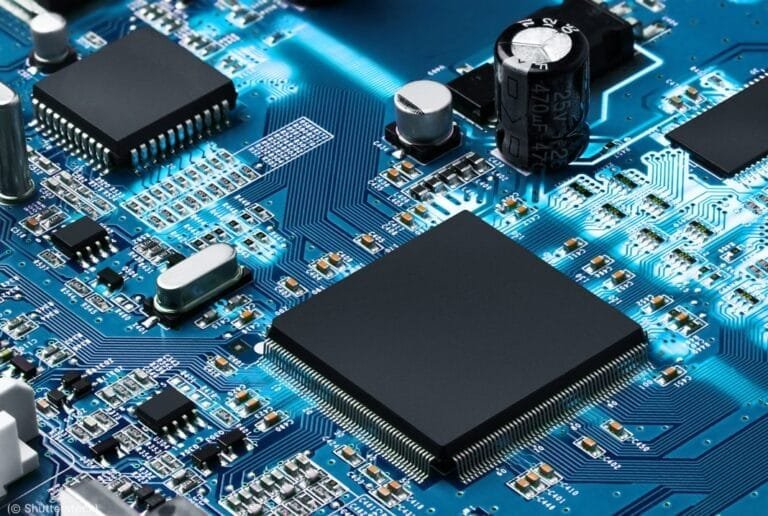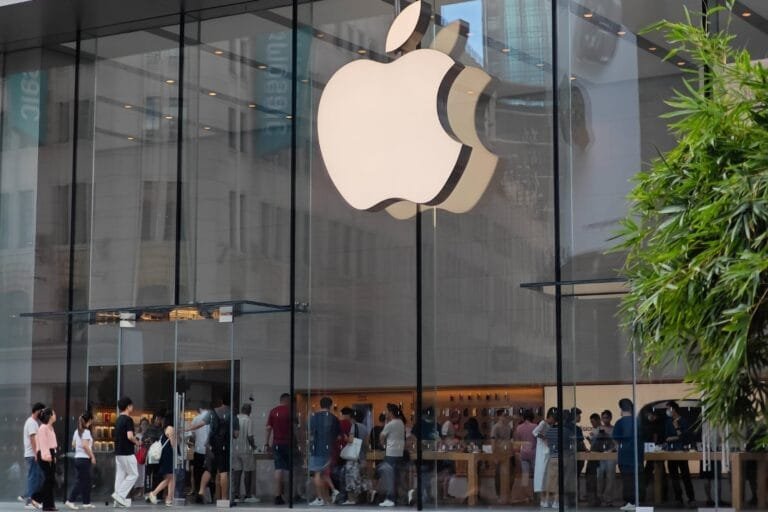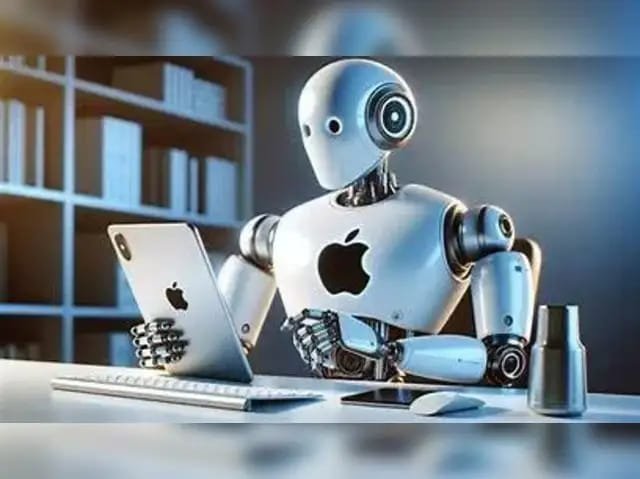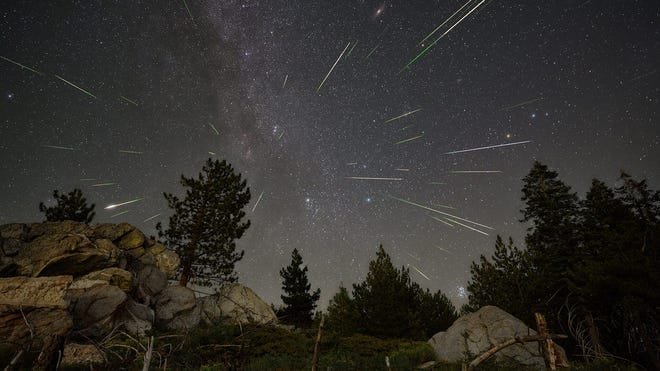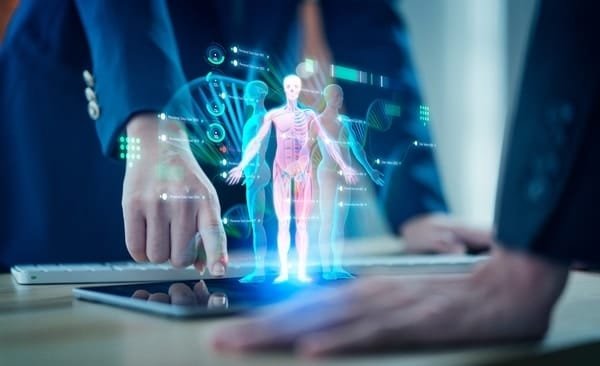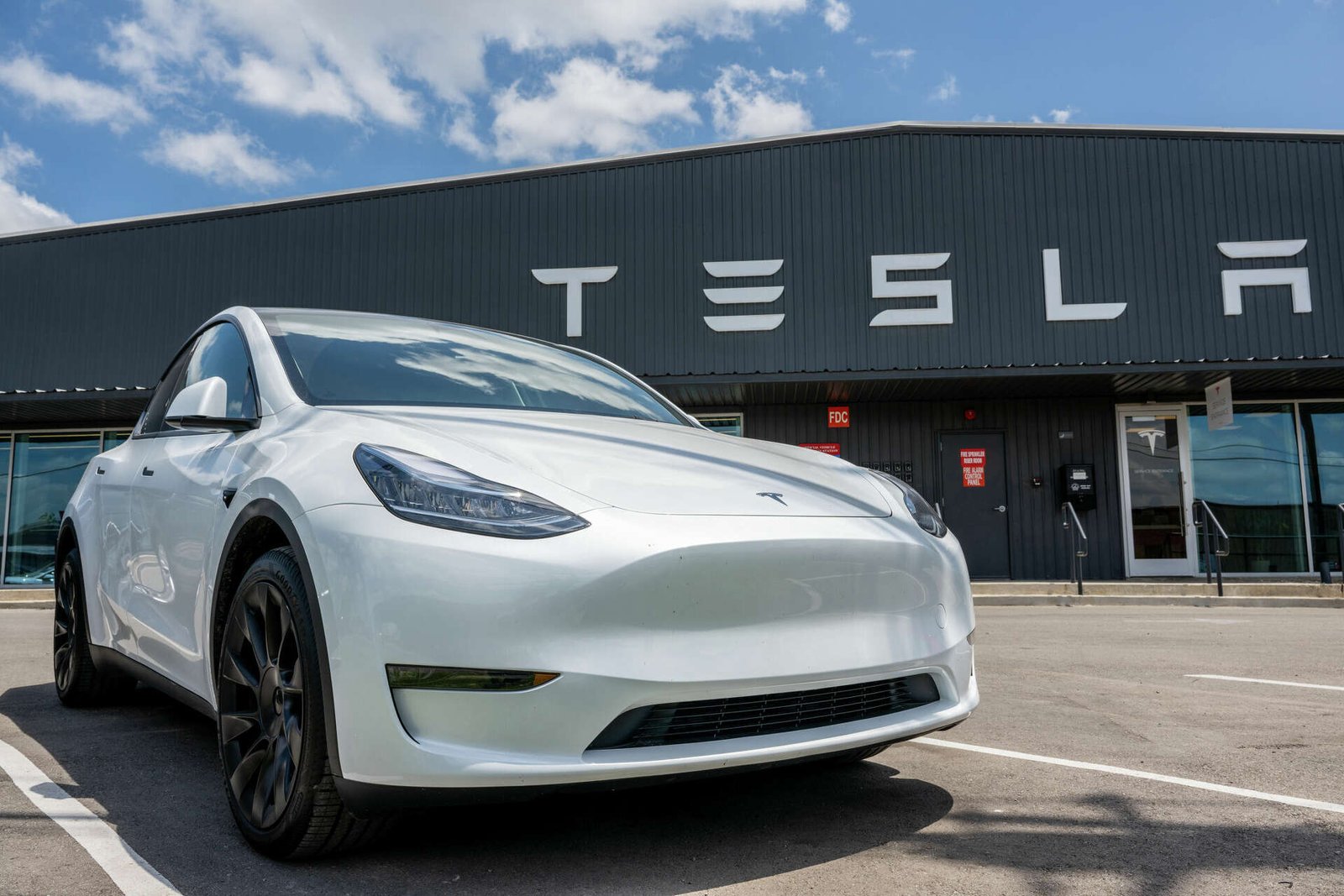
Tesla's first robotaxi ride in Austin, Texas
Tesla, the electric vehicle and clean energy company led by Elon Musk, is once again in the headlines. This time the reason is the launch of their much-awaited robotaxi service in Austin Texas, after which the company’s shares have seen a tremendous jump. This launch is a historic moment for Tesla. Which is the result of his deep belief in the future of self-driving technology and many years of tireless efforts. Musk weaved the dream of robotaxi almost a decade ago. Since then it has been one of Tesla’s ambitious goals, which the company aims to achieve through its full self-driving (FSD) technology. This launch is an important step towards the realization of this dream. These driverless vehicles running on the roads in Austin are not only technically impressive. But it also has the potential to redefine the future of transportation.
Robotaxi’s first steps in Austin
On Sunday 22 June 2025, Tesla’s robotaxi service had a quiet but impressive launch on the streets of Austin Texas. Initially these services are being provided in a limited geo-fenced area and the first few rides were restricted to social media influencers and content creators close to the company. This is a controlled and monitored test with a Tesla employee still present in the passenger seat as a safety monitor for safety. Even though the car is running fully autonomously.
Key Features and Technology
Tesla’s robotaxi which are primarily modified Model Y SUVs. Which are equipped with many advanced technologies that allow them to navigate without any human intervention. And talking about its Full Self-Driving (FSD) technology, it is Tesla’s proprietary AI-based system that is the core of the robotaxi’s operation. So it is designed to understand and respond to road conditions other vehicles pedestrians and obstacles. The sensor suite is an extensive network of high-definition cameras, radars and ultrasonic sensors around the cars.
These sensors collect 360-degree information, allowing the car to create a detailed, real-time map of its surroundings. Artificial Intelligence (AI) and Machine Learning, which Tesla has built from scratch through its internal AI chip and software teams. These teams constantly train and refine the algorithms, enabling the cars to learn and perform better in different driving scenarios. This real-time processing allows the huge data from the sensors to be processed in real-time, allowing the car to make decisions in fractions of seconds. Wireless Charging (future technology), although not currently available, Tesla plans to use inductive charging (wireless) for future robotaxi (such as Cybercab), allowing them to be charged without any human intervention.
Talking about cost and availability
A flat fee of $4.20 (approximately ₹364) was charged for the first ride of the robotaxi in Austin. This pricing reflects Musk’s love for internet culture. However, the long-term pricing structure is not yet clear. The service is currently available from 6 am to midnight and its availability may be limited in case of bad weather. Then Elon Musk has announced that Tesla will soon expand this service to other US cities. However, no specific date has been given yet as to when this service will be available to the general public. It is also important to note that in Austin, Tesla will face competition from other companies like Google’s Waymo and Amazon’s Zoox which are already testing their autonomous vehicle services in the city.
Texas has recently made new rules for self-driving vehicles. Which will come into effect from September 1. Under these rules, operators must obtain a state permit and confirm that their vehicles meet Level 4 autonomy. Level 4 autonomy means that vehicles can drive without human intervention under specific conditions. This new law replaces a loose 2017 rule that previously banned cities from regulating AVs altogether. This is a positive move for companies like Tesla. Because it allows them to operate within a legal framework.
Effect on Tesla’s stock and market
After the news of the robotaxi launch, Tesla’s shares have jumped tremendously. This reflects the growing confidence of investors in the potential of this technology in the market and Tesla’s future revenue model. Musk had already indicated that the robotaxi service would be a “transformational new business line” for the company. If this service succeeds at a large scale, then it can become a big revenue source for Tesla. Due to which the valuation of the company can increase even more. And let us know about its future of transportation and challenges.
The launch of Tesla’s robotaxi raises many questions for the future of transportation, its urban mobility, that is, how will robotaxi transform urban transportation? Will they reduce the need for private cars? Will they integrate with public transportation systems and what will be the impact of the advent of driverless vehicles on jobs like taxi and truck drivers? Safety and reliability, will robotaxi be safer than human-driven vehicles? How will they react in bad weather or unpredictable road conditions? Also, regulatory challenges, that is, how will laws and regulations for autonomous vehicles be standardized in different countries and cities? Public acceptance? Will people feel comfortable traveling in driverless cars? How long will it take to build trust?
Talking about its conclusion,
The launch of Tesla’s robotaxi is an important milestone that shows that the future of autonomous driving is no longer just a concept but on the verge of becoming a reality. Although there are many challenges and questions in the early stages, robotaxi has tremendous potential to transform the urban mobility environment and economy. Elon Musk and Tesla are once again at the forefront of technological innovation. It will be interesting to see how this driverless revolution reshapes transportation around the world. And of course, this is a development that presents endless possibilities and changes for the human mind to ponder and understand.
